
Some make it out unscathed, some with serious wounds, and some don’t make it at all. A showcase of resilience and commitment, tackling each obstacle with the hope of making it to the other side — the games have finally begun. We’ve seen incredible herds of zebras moving down from Mara North Conservancy to meet the larger herds from the Serengeti, with the pathfinders already crossing the Sand River. The Mara crocodiles, on the other hand, have had a few feasts, taking down zebras whenever they get the chance. Fun fact: crocodiles can survive for at least six months simply on fish, thanks to the storing of fat in their tails during the migration season when they hunt and eat heavily.
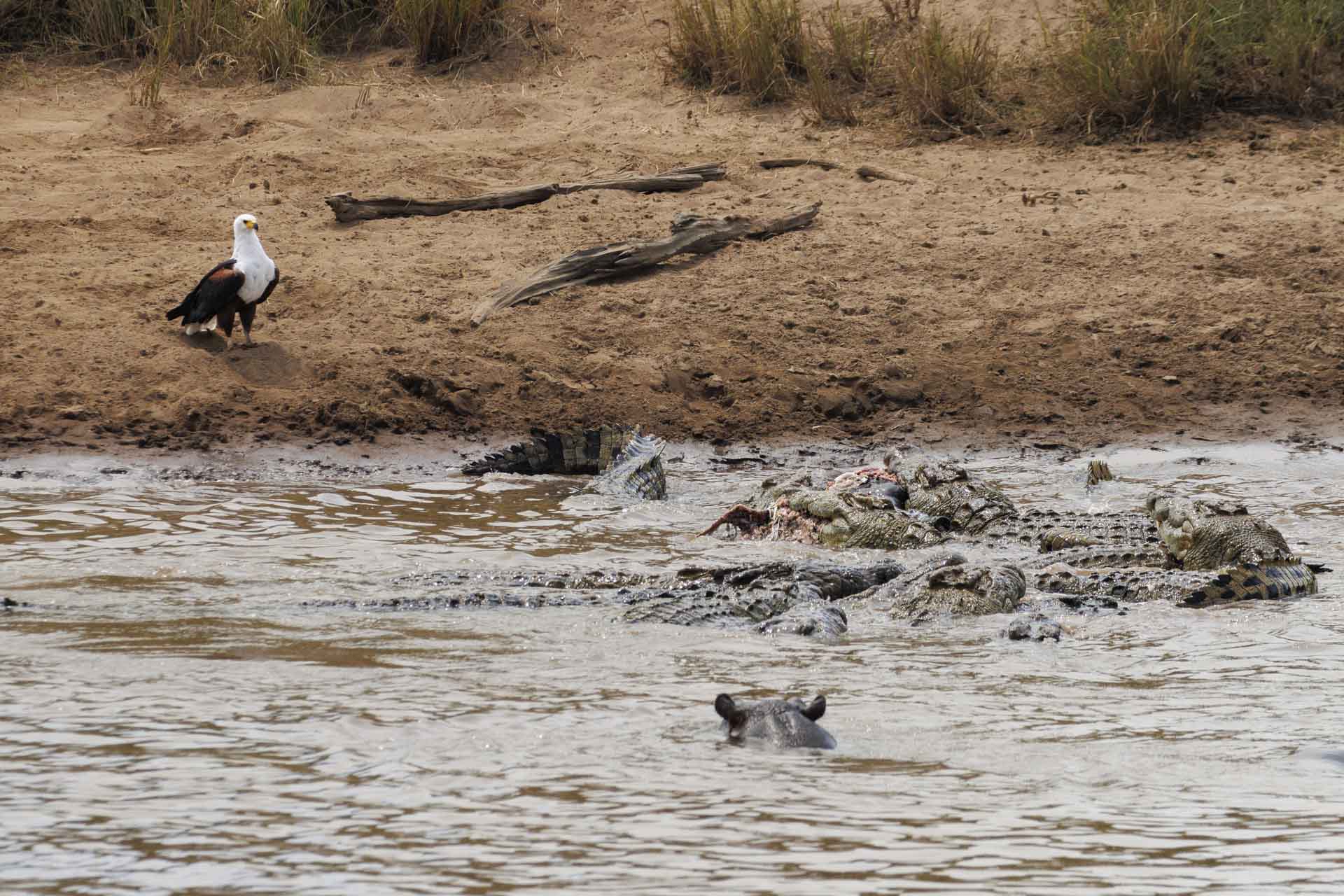


Witnessing a giraffe giving birth in the wild is a rare and remarkable event, as the newborn calf drops to the ground, beginning its life with a dramatic start. Uniquely, the mother giraffe consumes the afterbirth, a behaviour known as placentophagy. This practice serves several purposes — it helps to eliminate any scent that might attract predators, provides the mother with essential nutrients lost during childbirth, and promotes bonding between mother and calf.
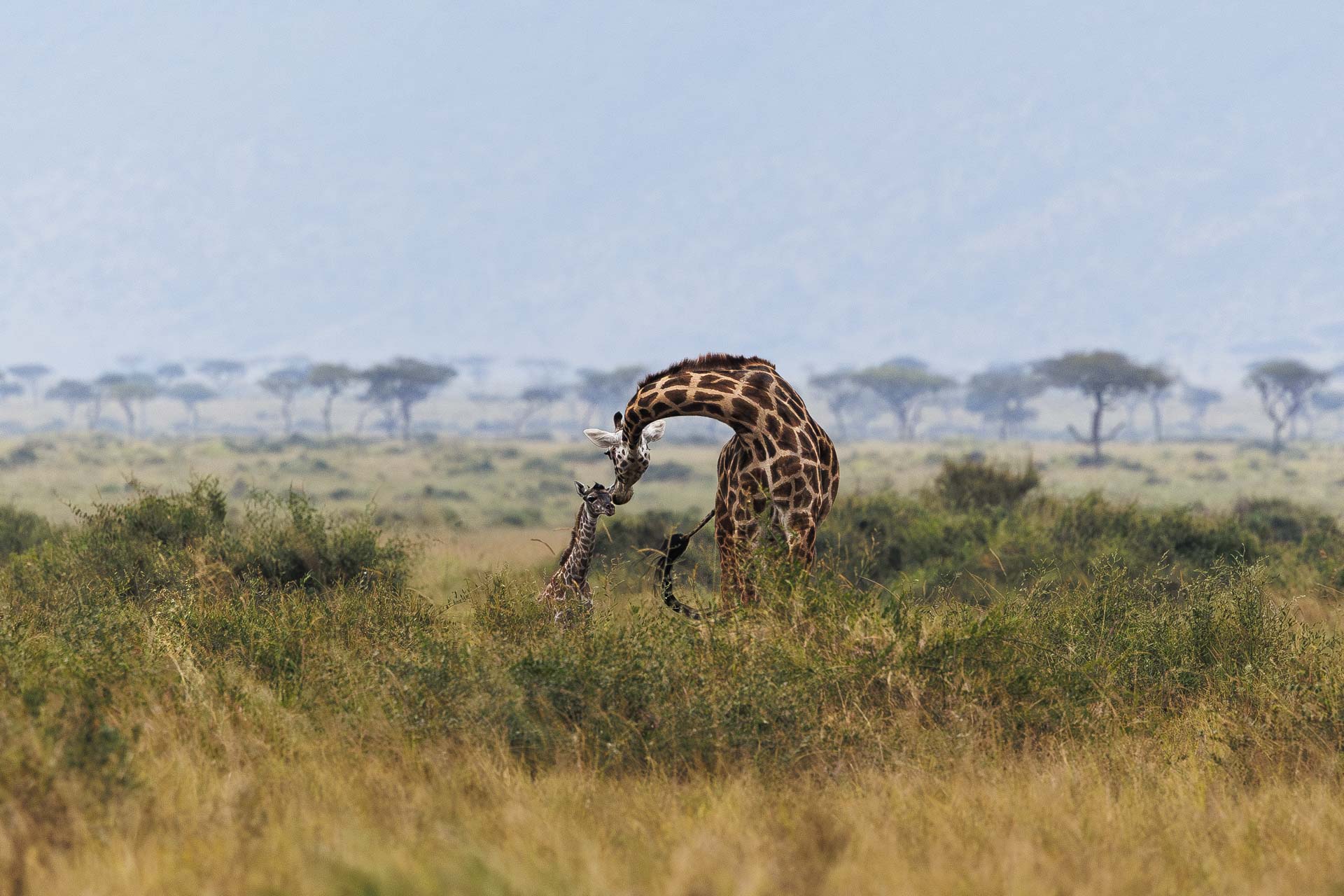
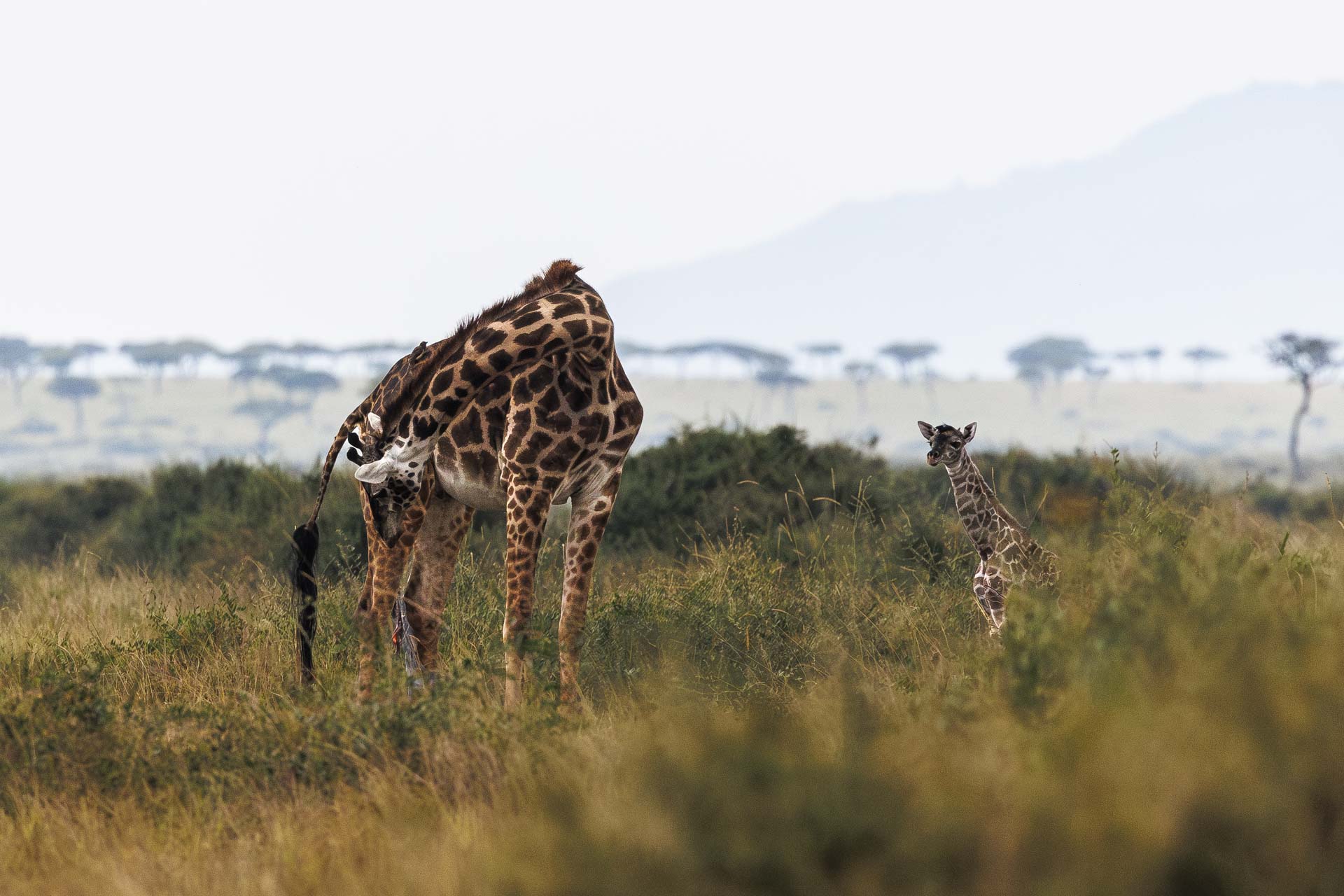
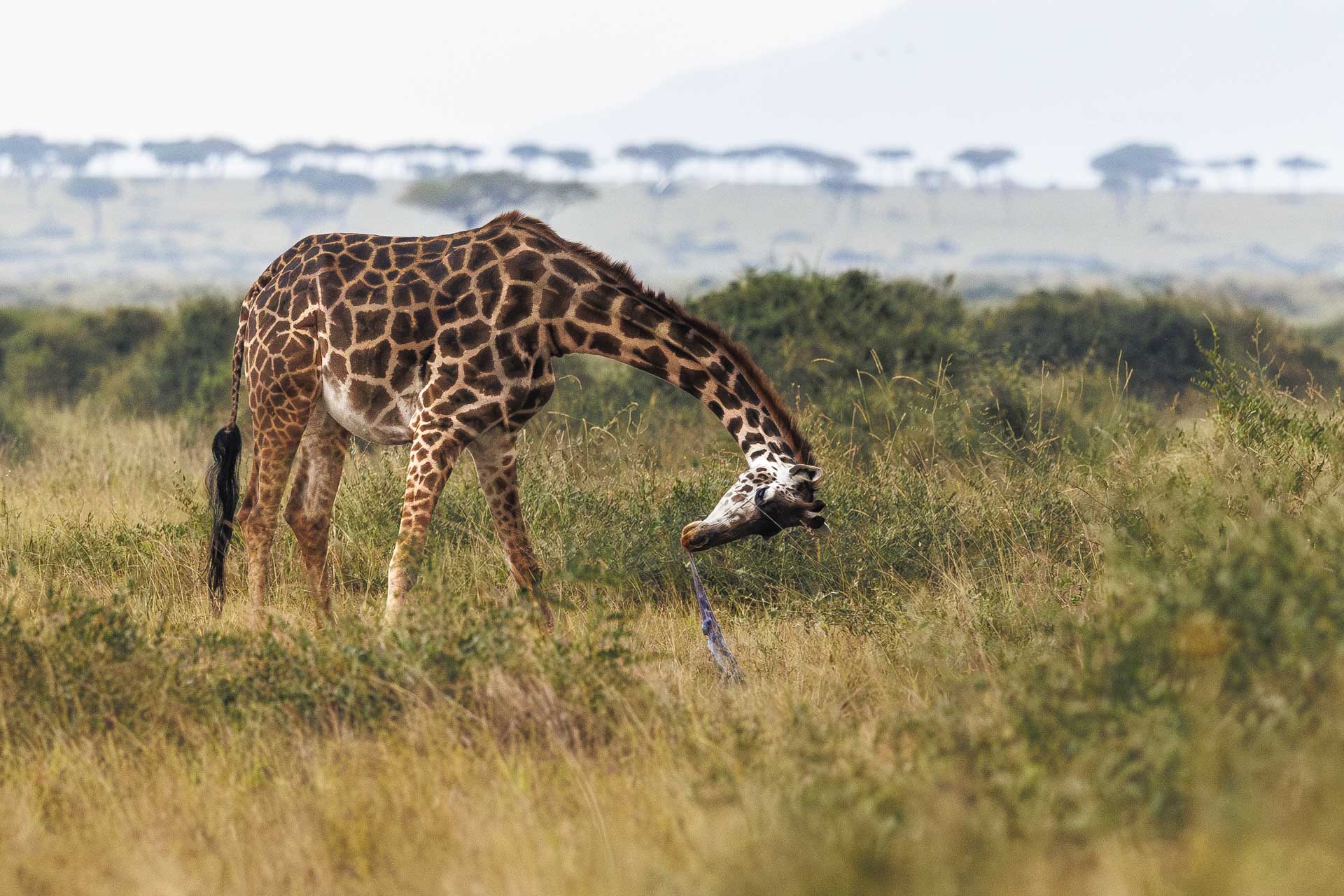
Fights between bull elephants, called musth battles, are impressive displays of power and dominance. These confrontations happen when mature males with high testosterone levels compete for mating rights. They clash tusks and use their trunks as weapons in intense and often prolonged battles. Though dramatic and sometimes violent, these fights help maintain the social hierarchy within elephant herds. Witnessing such a spectacle shows the strength and skill of these magnificent creatures, highlighting the complex social structures that govern their lives in the wild.
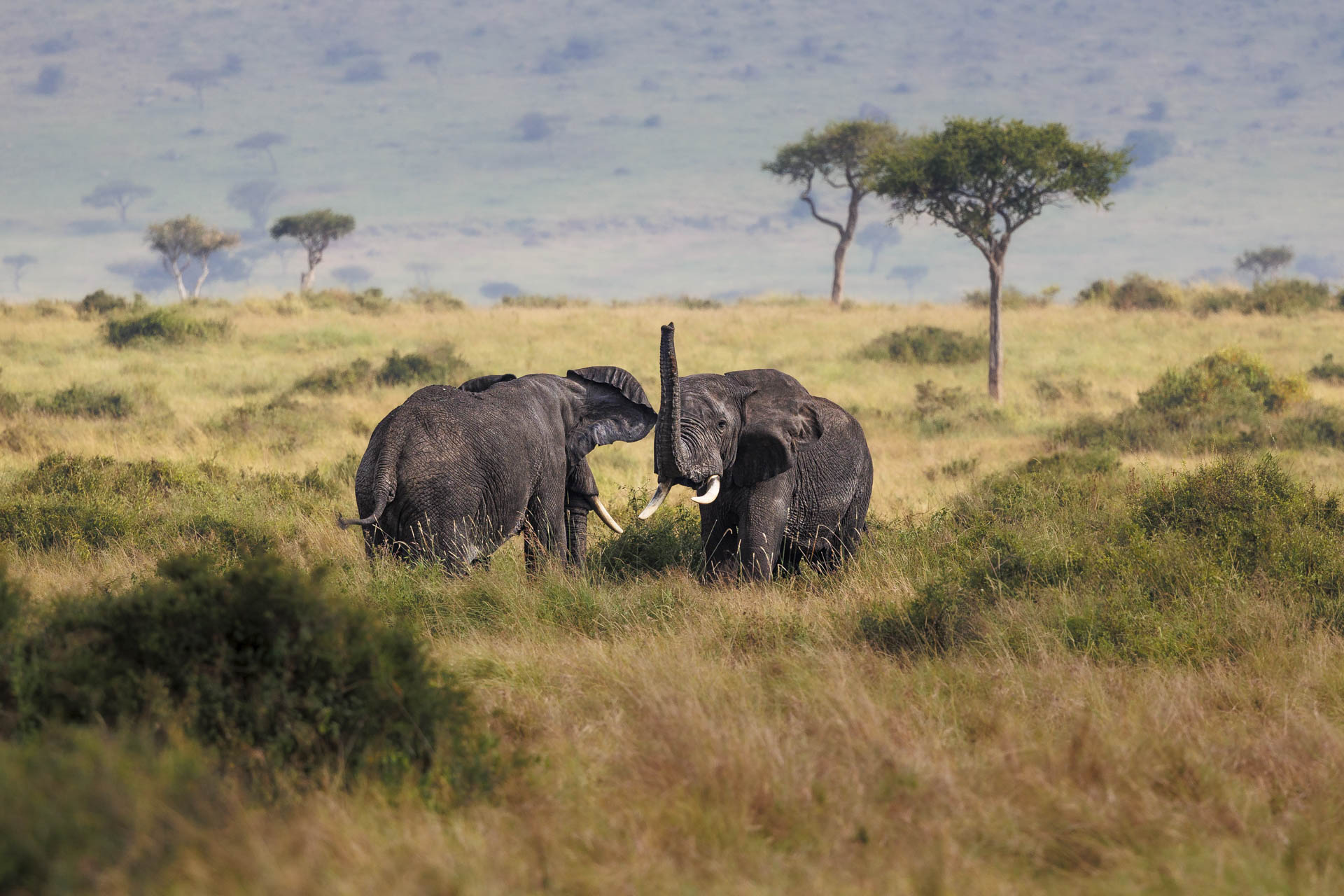
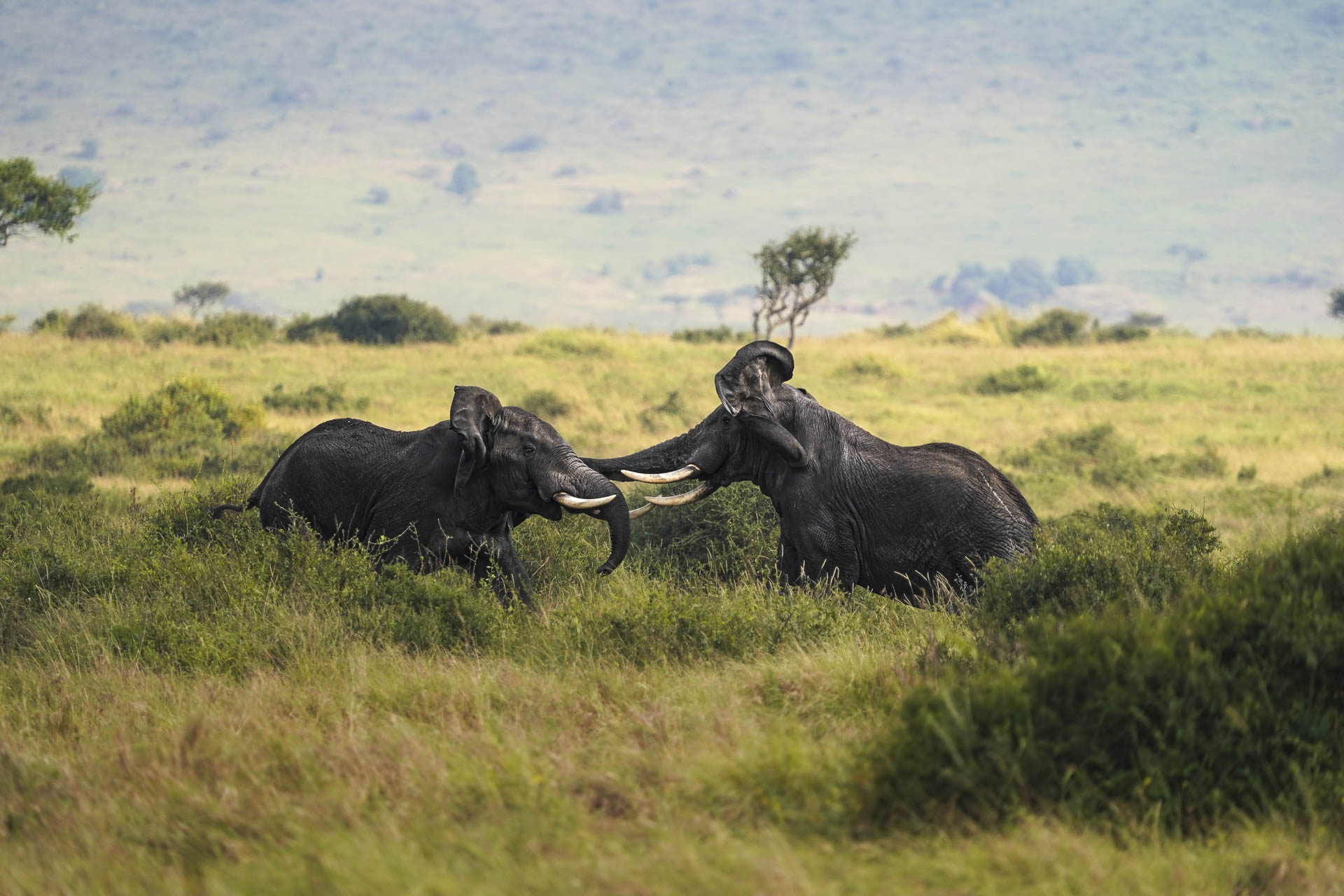
Adding to our week of remarkable sightings, Ekidor, an Angama Guide, was lucky to witness giraffes mating. Giraffe courtship is a delicate and graceful dance, characterised by gentle necking and playful interactions. We were also fortunate to witness elephants mating as well, a rare behaviour to observe as the bull mounted the cow several times. Both offered a glimpse into wildlife's often unseen, shall we say, intimate moments.
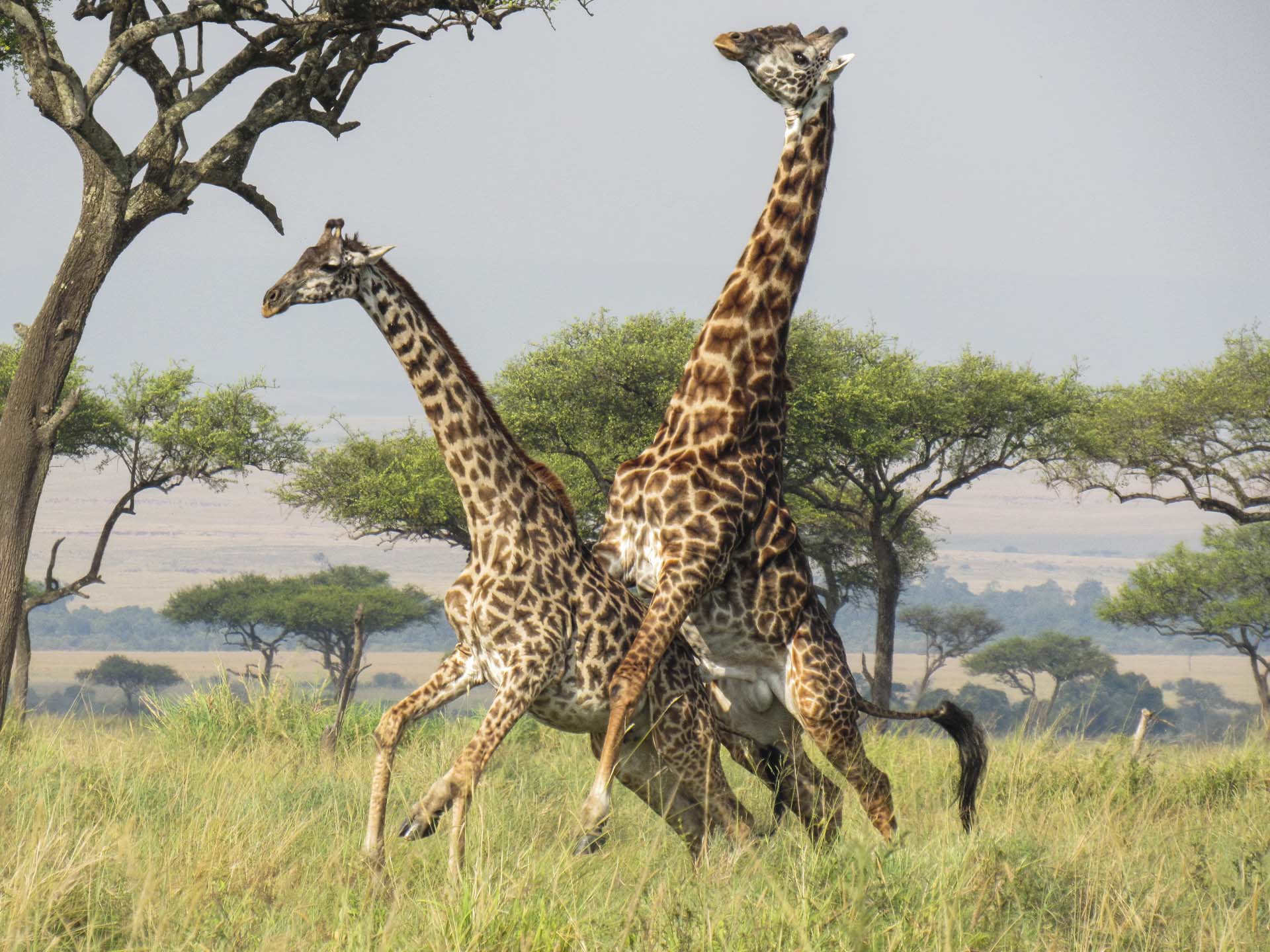

Adding splashes of colour to the landscape, the vibrant little bee-eater darts about, skillfully catching insects mid-air. Nearby, lands a martial eagle, with a wingspan that can exceed eight feet and renowned for its extraordinary hunting prowess, ranking as a top predator in the avian population. Its powerful talons and keen eyesight make it a formidable hunter, capable of taking down prey as big as a baby gazelle or even a baboon.

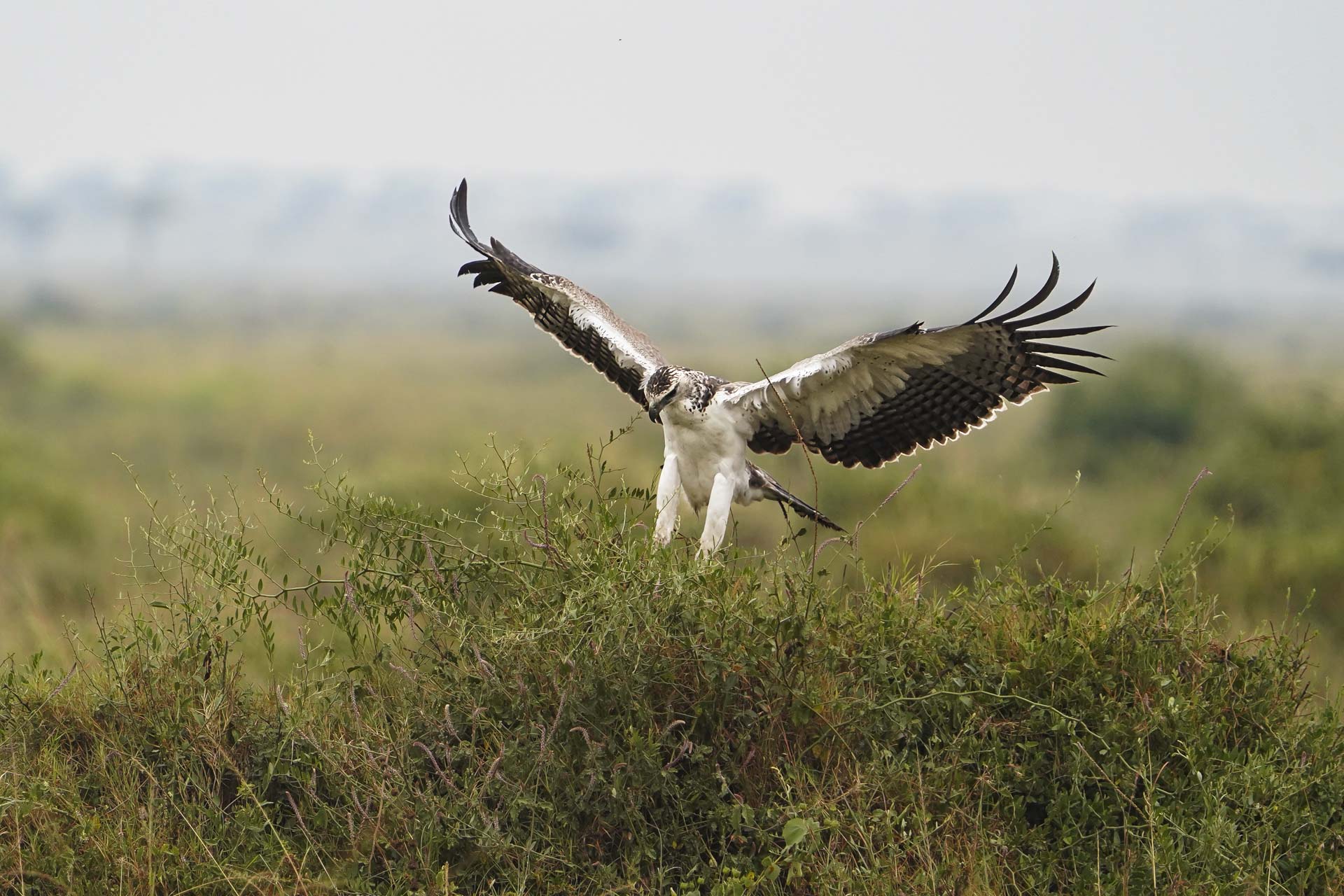
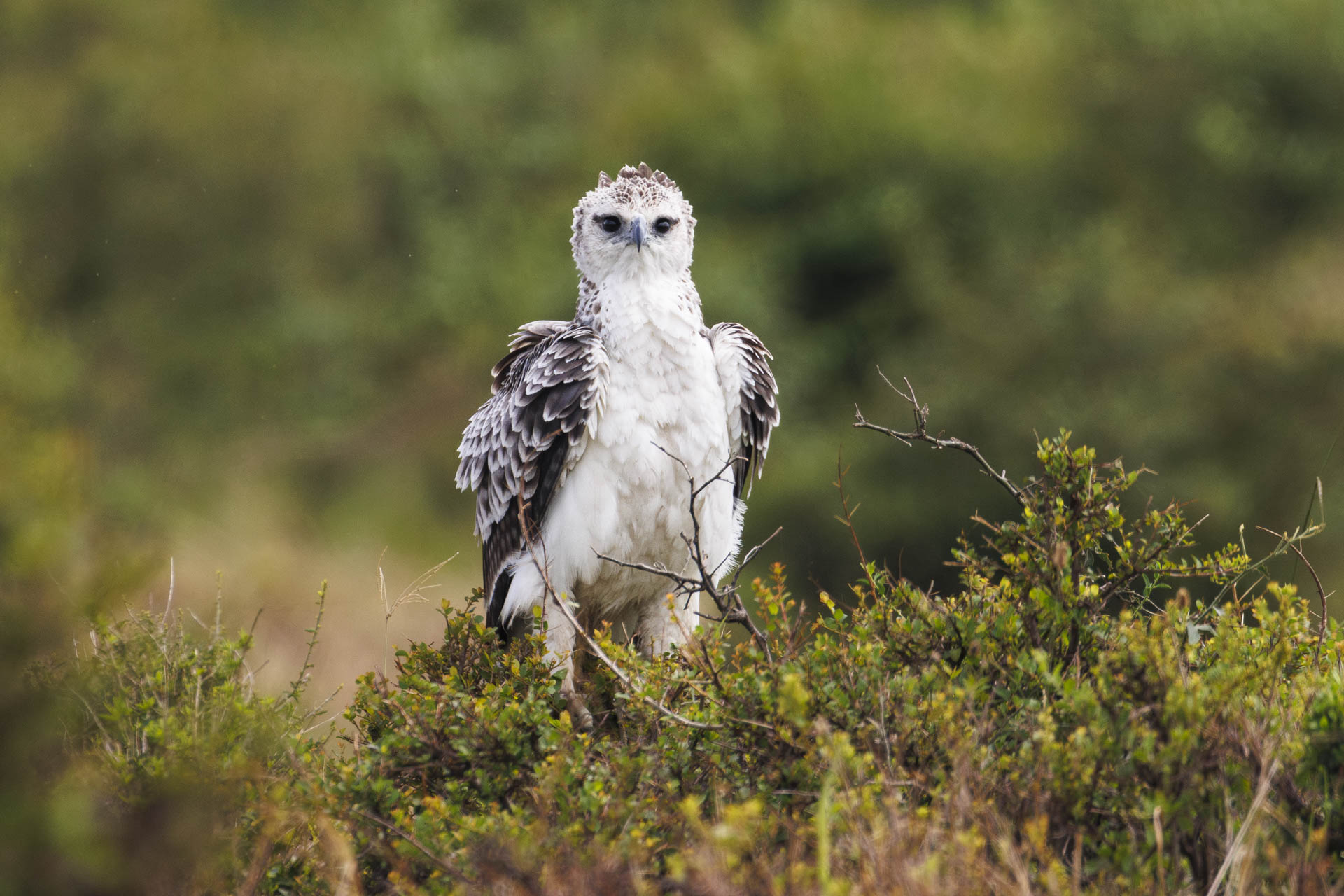
Found near freshwater bodies across Africa and southern Asia, the pied kingfisher is unique for its exceptional hunting technique. Unlike other kingfishers, it hovers mid-air, pinpointing its prey with remarkable precision before diving headfirst to snatch fish from below the water’s surface. This species also demonstrates a fascinating social structure, often forming cooperative breeding groups where younger birds help raise the chicks. –Japheth Supeyo


During the second half of a full-day safari photoshoot, I casually scanned the bushes with my binoculars, looking for giraffes, when I noticed some movement in the foreground. It wasn't clear at first, but upon a second look, I spotted three male cheetahs, well camouflaged in the short brown vegetation, strolling towards a nearby herd of wildebeest. This was the first time we've seen cheetahs in Kimana Sanctuary since Angama Amboseli opened — it was an exhilarating sighting.
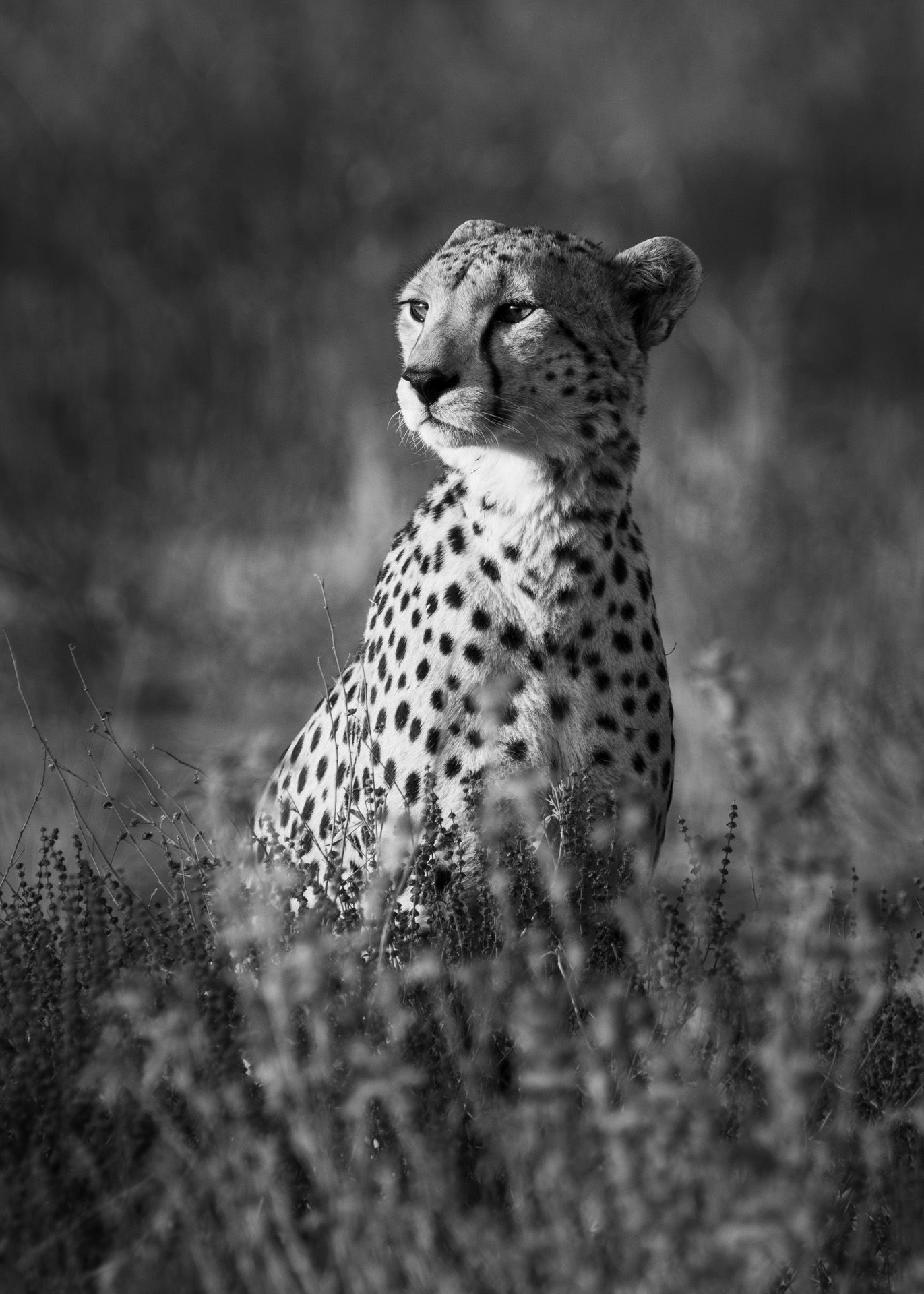
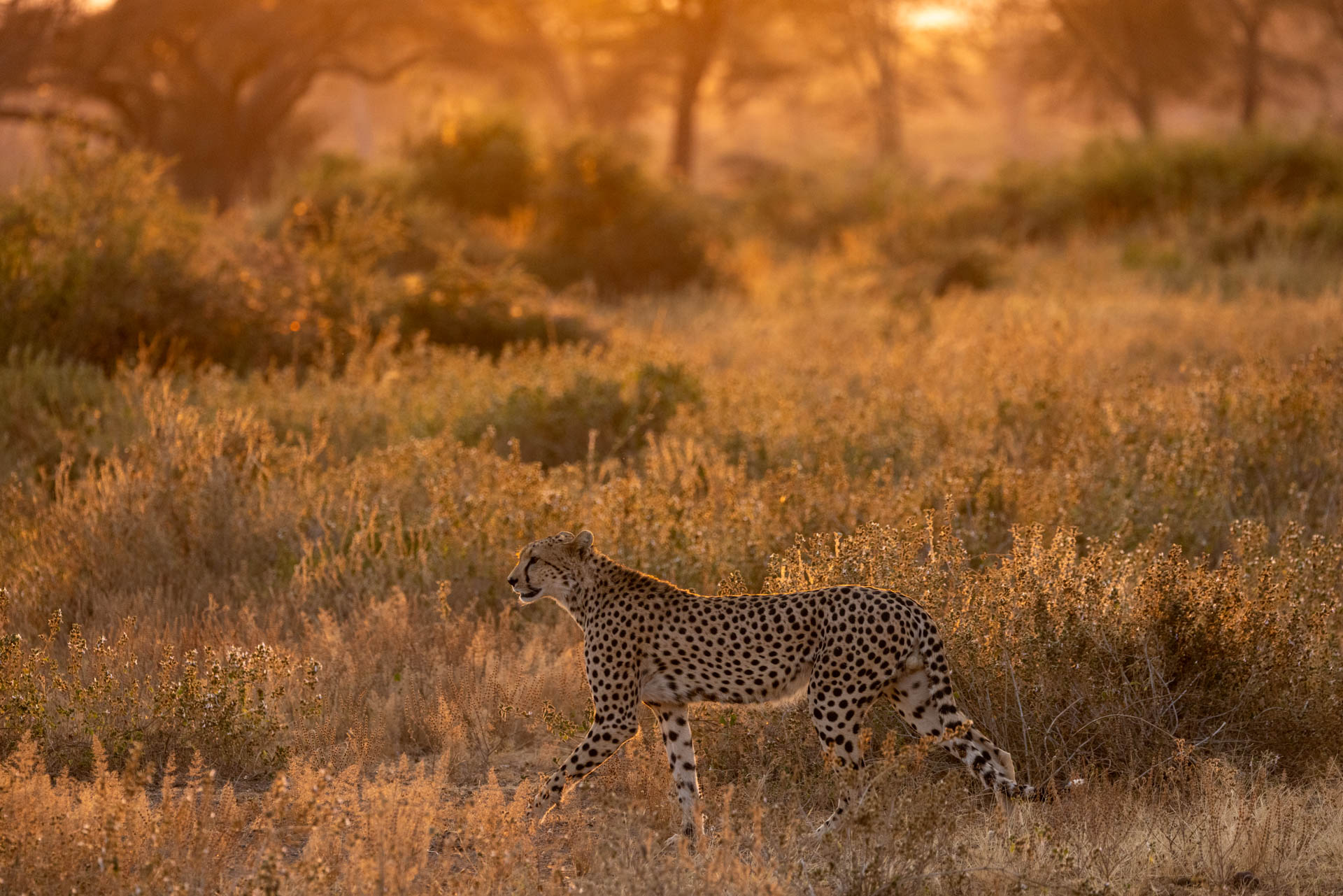

We followed them for a while, and with every step they took, a great commotion rose amongst the nearby prey animals. Upon inspecting the images back at the Photographic Studio, we noticed blood stains on their chins, indicating they had just had a meal a few hours earlier, a good sign they were not looking to hunt.
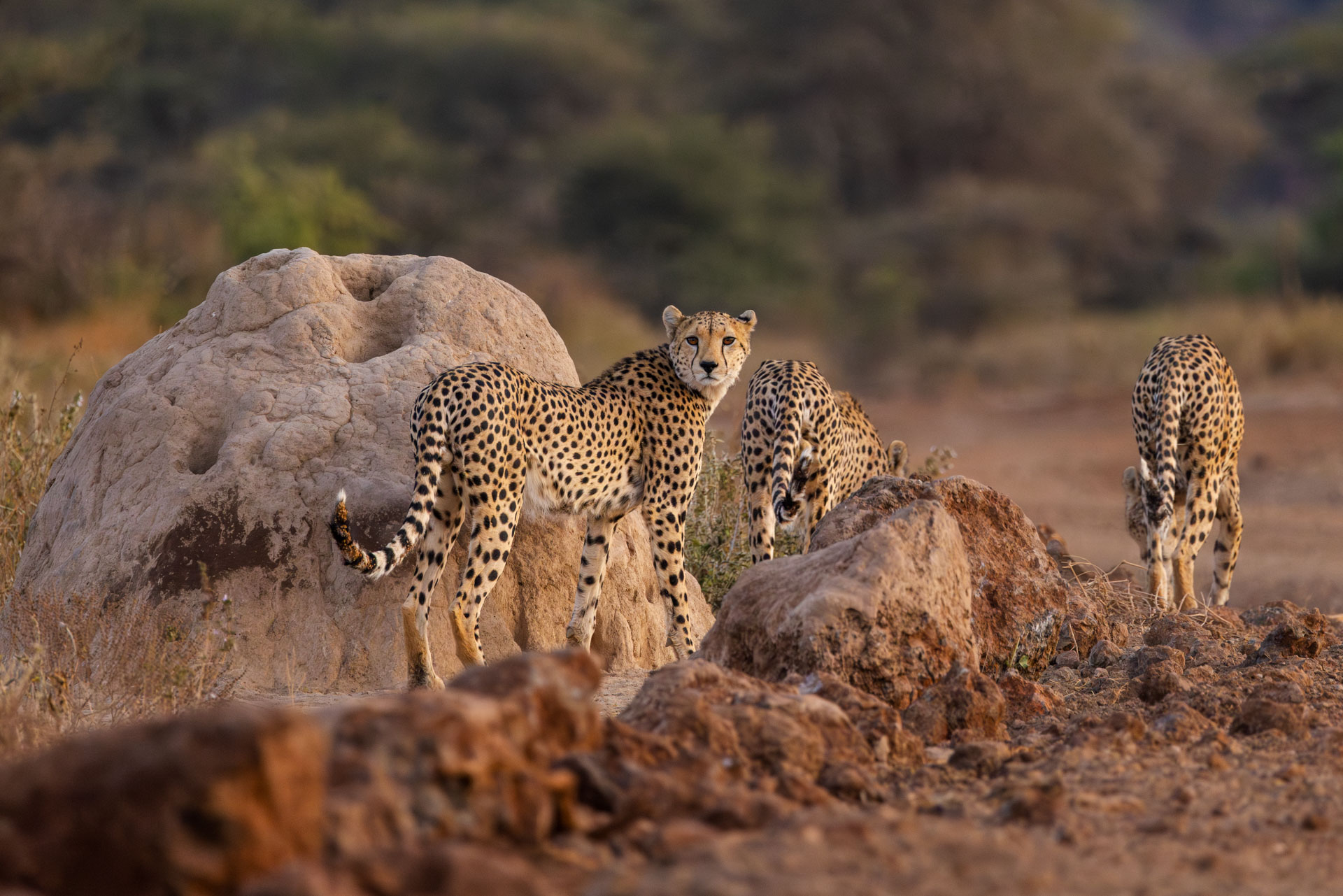
Twenty-four hours later, I caught up with them again near the Airfield. Relaxed at first, they were on the move soon after being very alert, sniffing around, and one in particular, presumably the dominant one, would urinate every few meters — a behaviour typical of cats marking their territory. The presence of not just one but three cheetahs in the Sanctuary is not only thrilling but also adds to the evolving dynamics of this fascinating ecosystem with the lions who have also seemed to move in. Only time will tell whether they will stay or if they are just passing through.
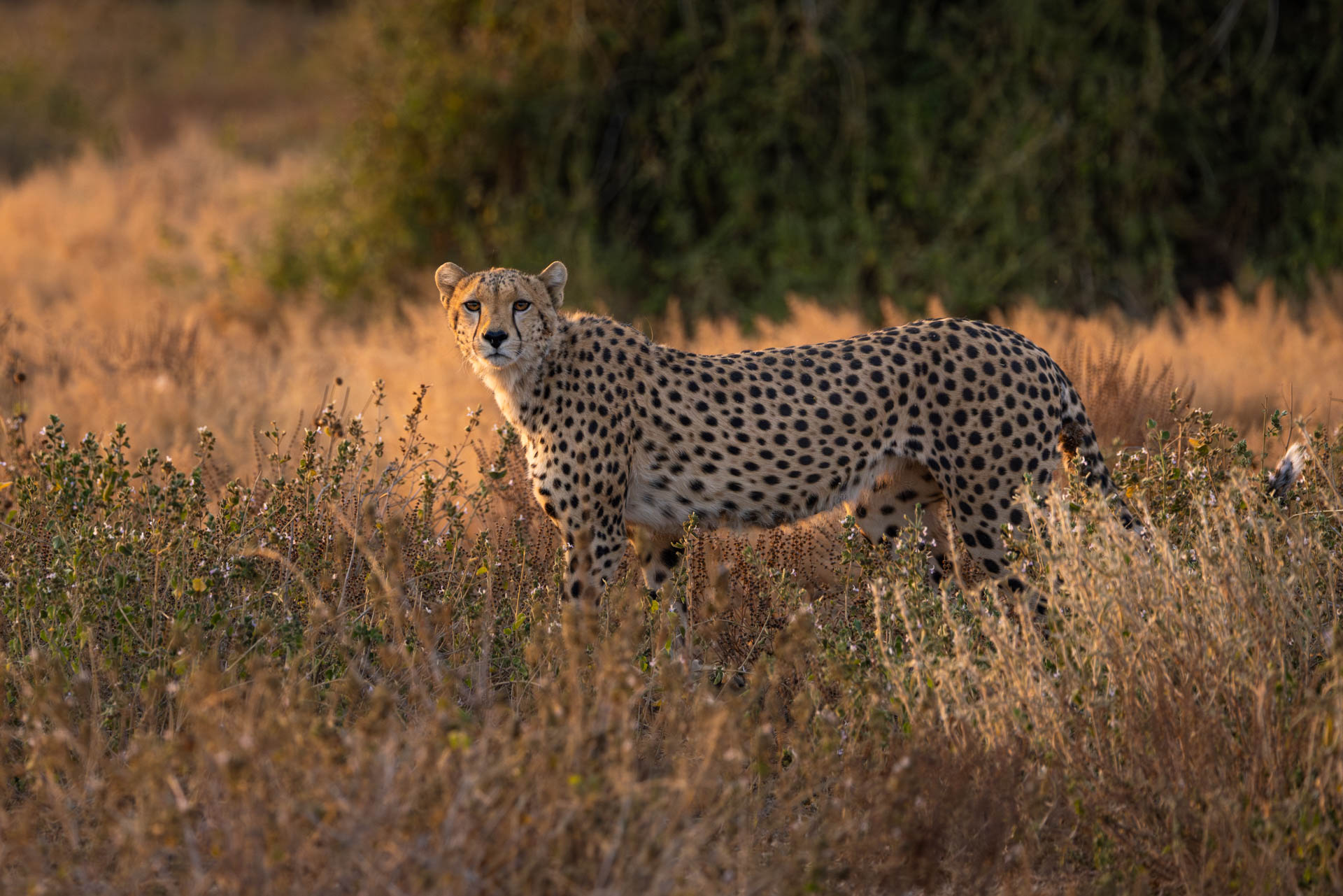
This striking photo of a young zebra, taken by one of our guests, beautifully captures the relaxed essence of Amboseli's wildlife. After Larry's game drives, we spent some time in the studio going through his day’s shots and editing a few of his favourites. We decided to convert this particular photo to black and white accentuating the bold patterns and textures of the zebra's stripes, enhancing the overall impact. The monochrome effect adds a timeless quality, drawing attention to the intricate details and the serene expression of the zebra. Editing can elevate a photograph from a simple snapshot to a captivating work of art.

Equally, Larry's image of a vervet monkey exemplifies the power of candid wildlife photography. In this photo, the monkey's curious eyes peer through the foliage, creating an intimate moment that feels both natural and spontaneous, offering a glimpse into the unfiltered behaviours and personalities of animals.
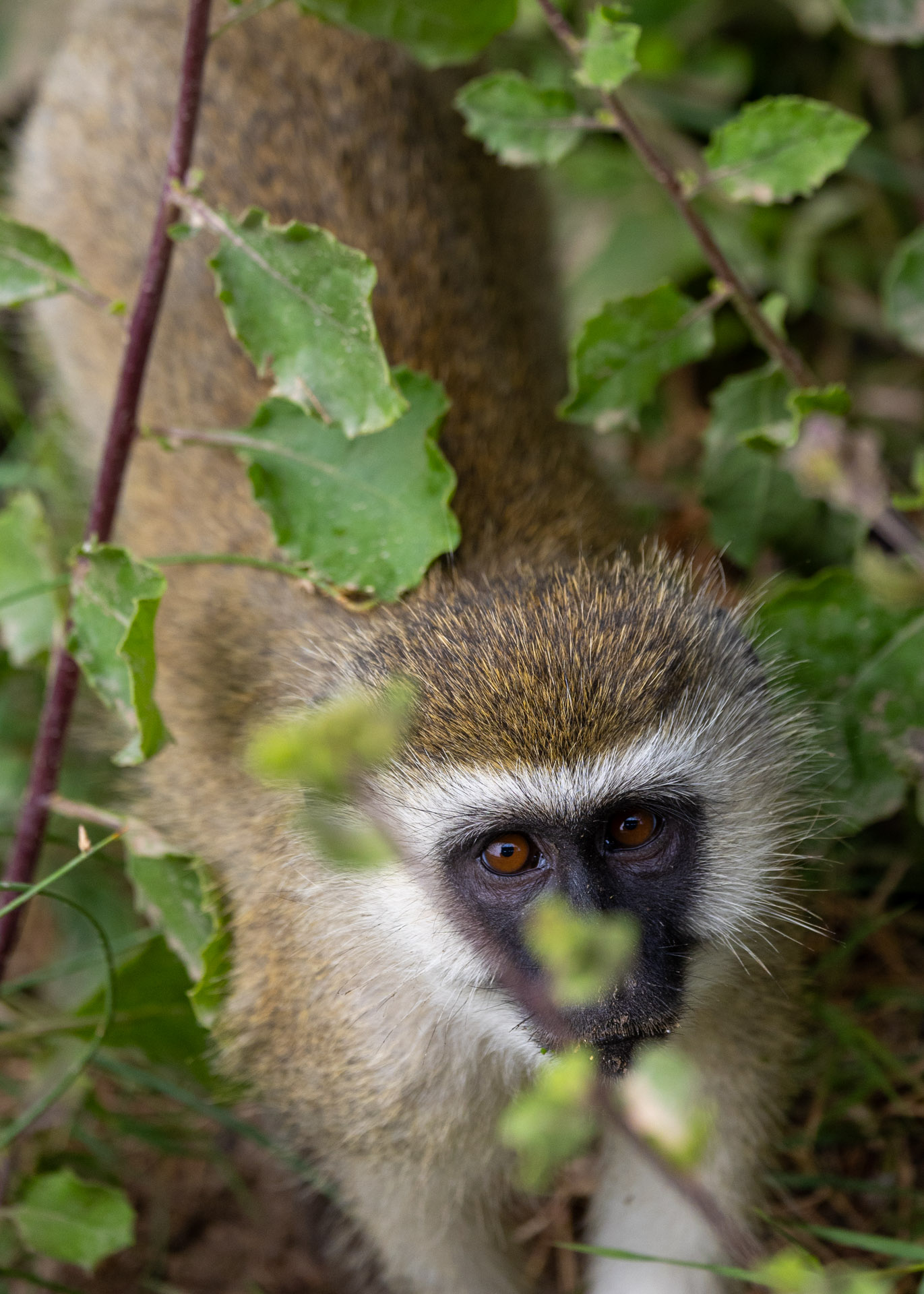
Similarly, Salash, a member of the Guiding Team, captured some heart-warming images of an infant baboon. The little one appears to mistake a stone for a mid-morning snack, displaying the classic curiosity of young ones using their mouths. These adorable moments resonate when we remember that humans share 94% of our DNA with these similarly social creatures. How can we be so alike, yet so different?
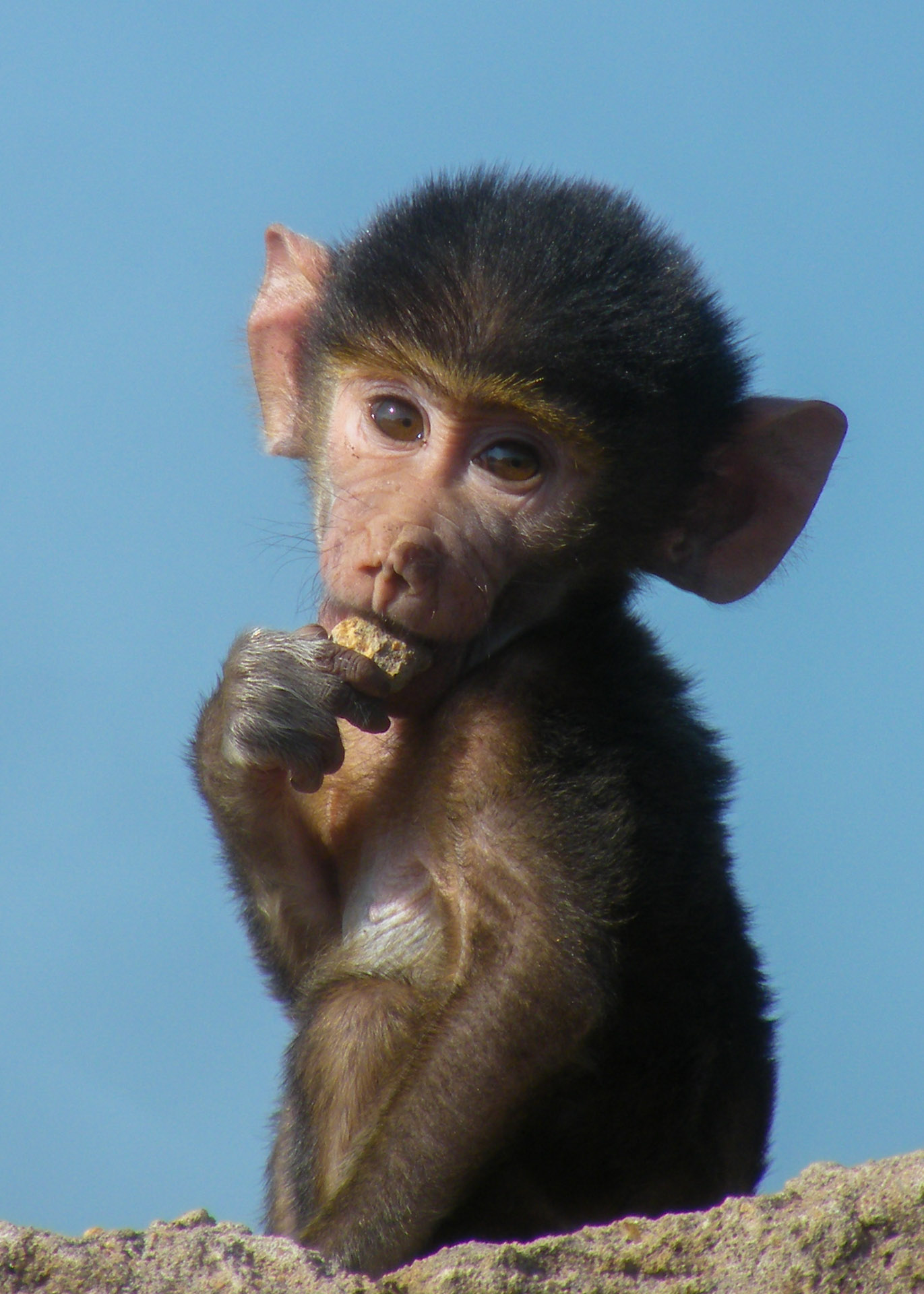
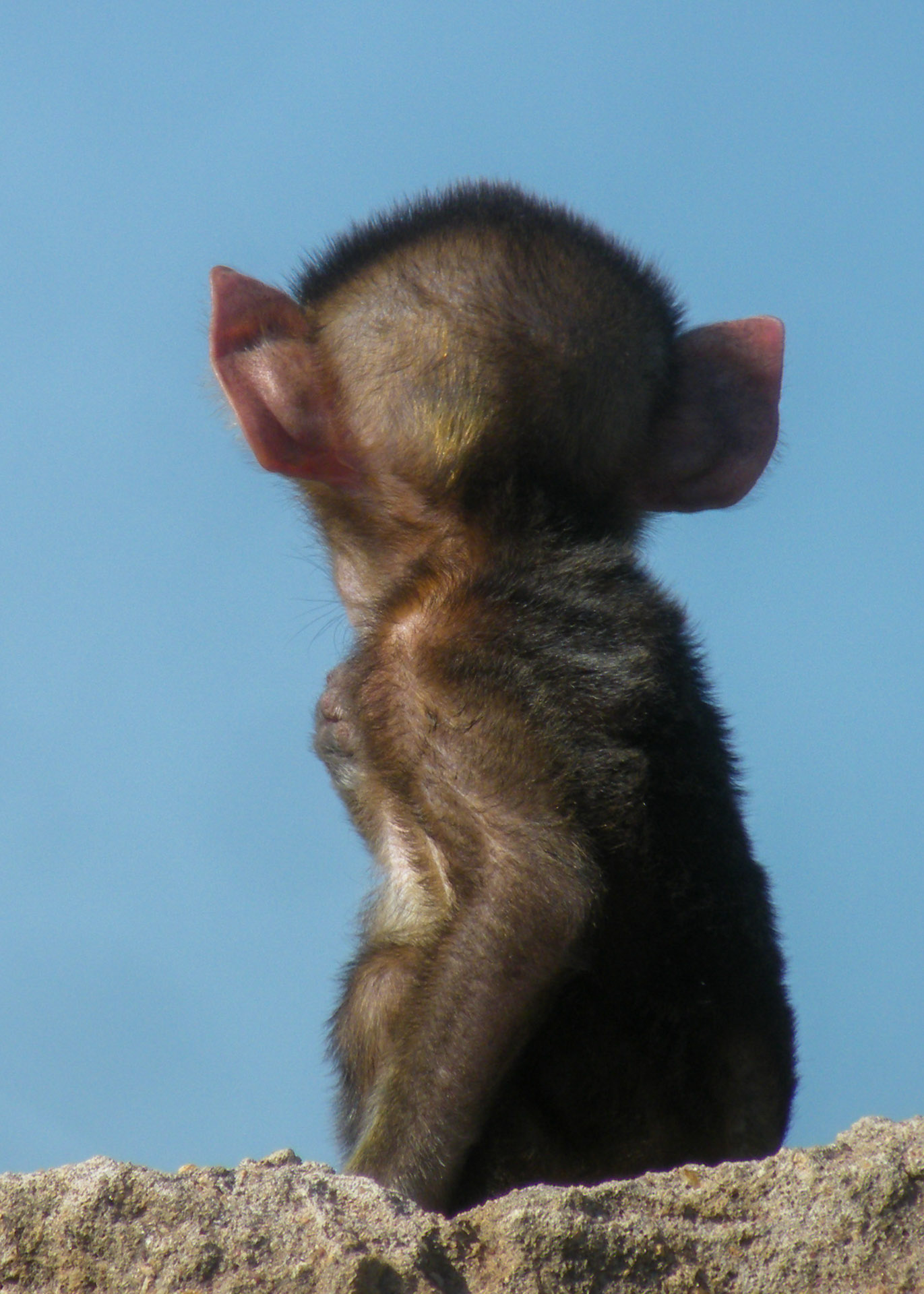
Recently, in Amboseli National Park, we witnessed the breathtaking sight of large elephant herds crossing the roads towards the marshlands. The elephant population here is one of the world's most incredible wonders. As the subject of the longest continuous study of wild elephants, these majestic creatures have won the admiration of conservationists, researchers, and nature lovers around the globe. Typical herds showcase a healthy age range from newborn calves to elderly matriarchs, while older bulls tend to be either solitary or in the company of other similarly aged males.
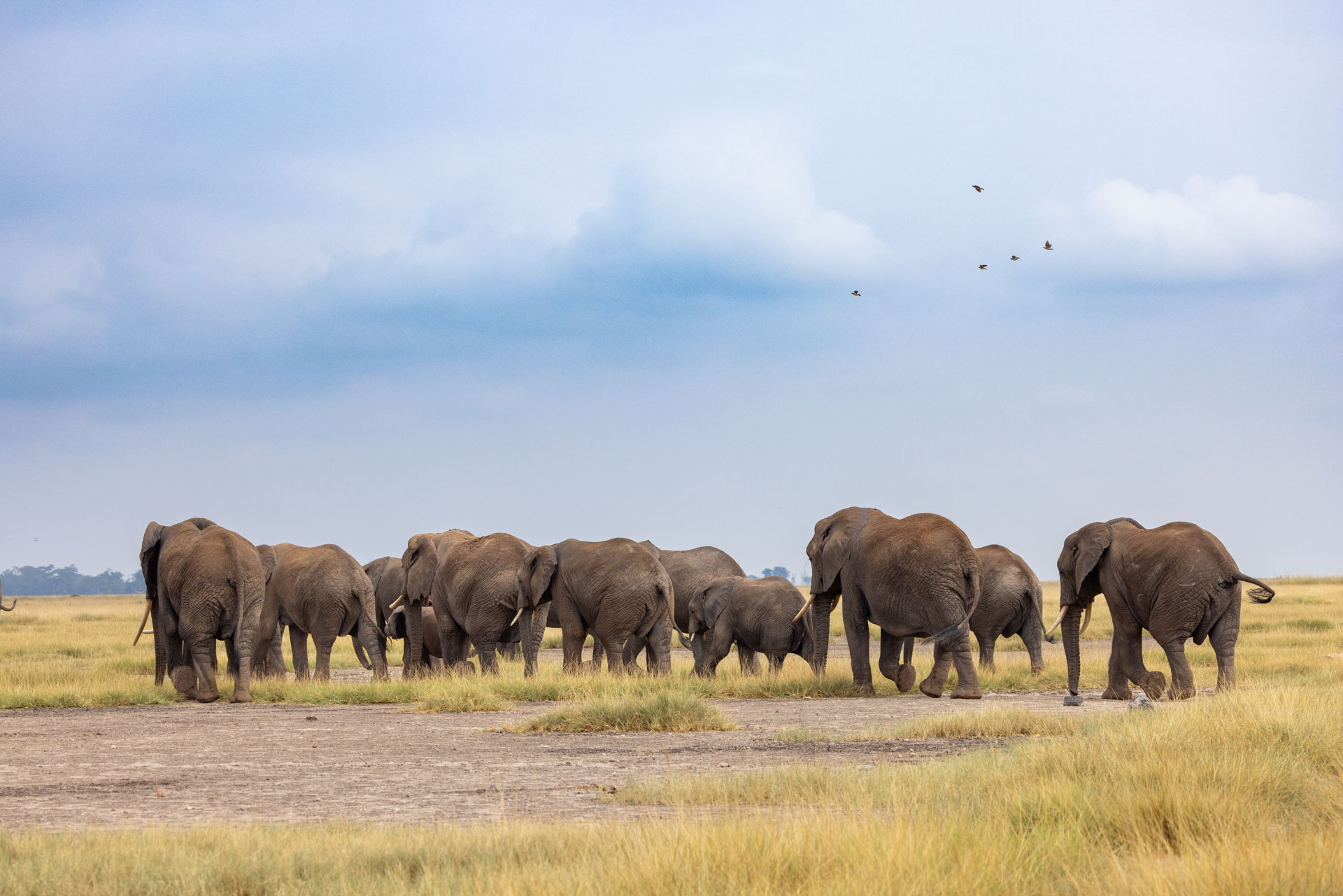
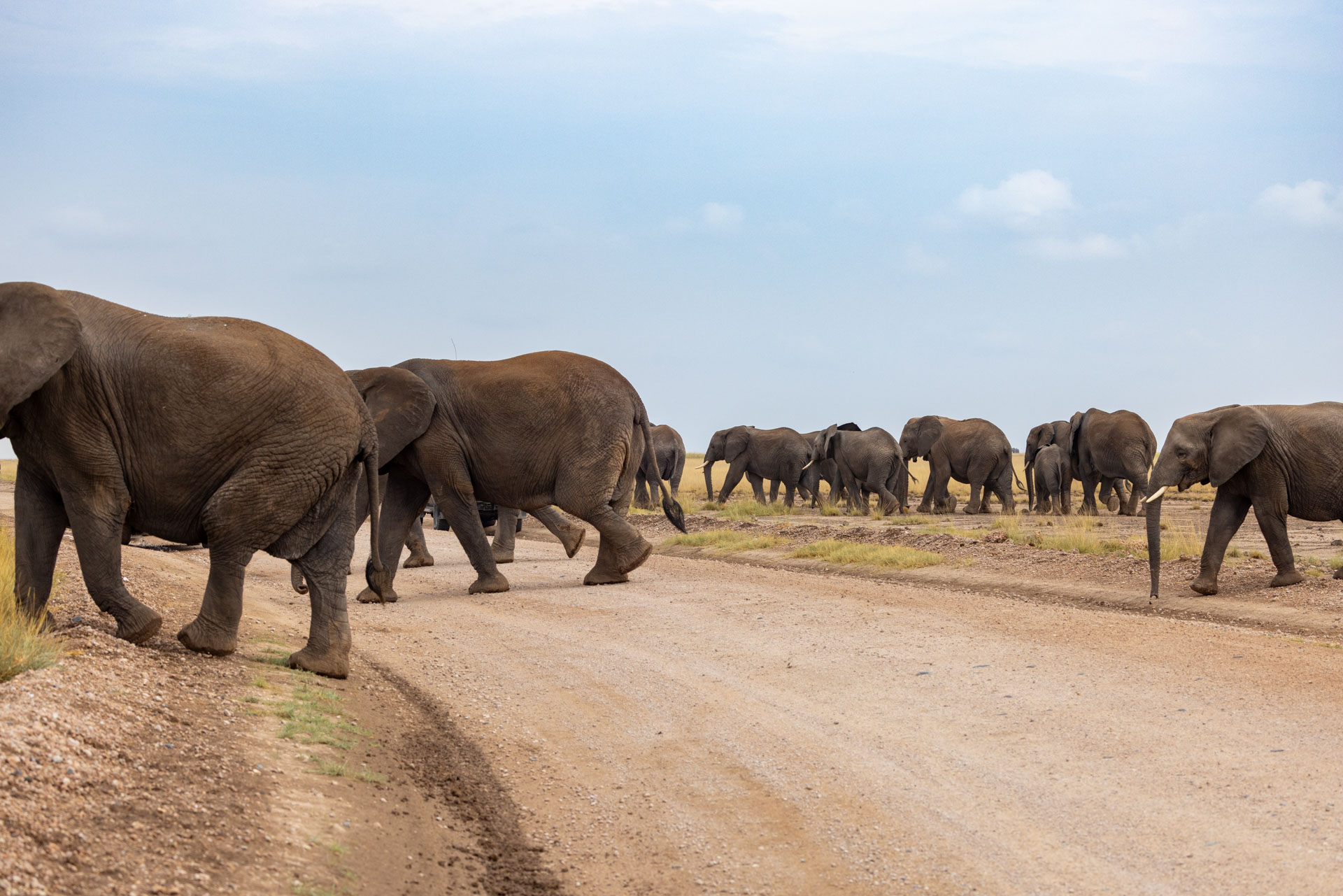
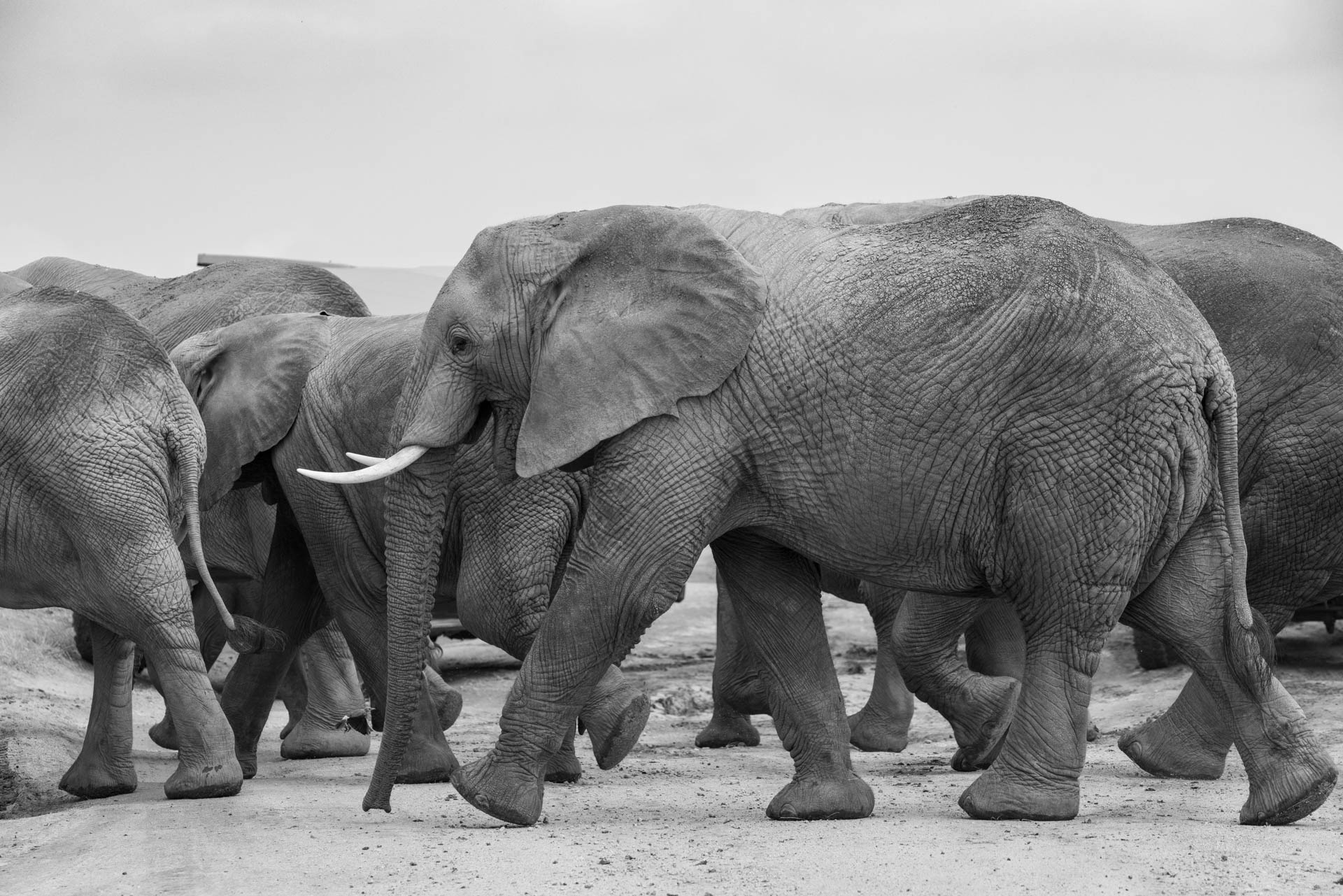
As we usher in the dry season in the Amboseli region, most of the wildlife is seeking water. Thanks to the perennial stream in Kimana, we have been seeing plenty of animals close to the lodge. This week, we have seen many zebras crisscrossing the Guest Suites as they head for the stream — a scene we can never get enough of.
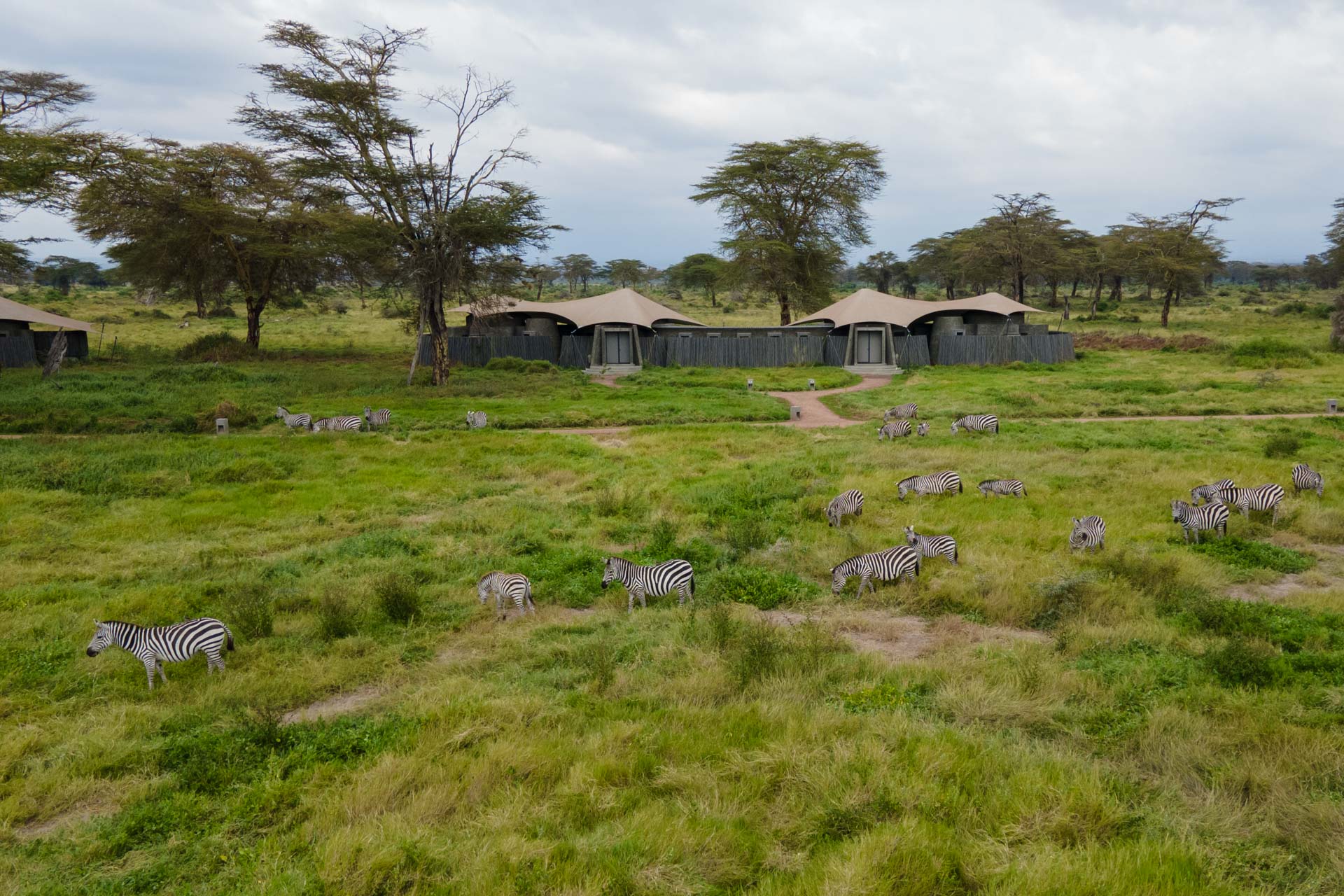
Pascal, one of the notable Tuskers of Amboseli, has returned to Kimana Sanctuary after a few months away, roaming the greater Amboseli ecosystem. The last time we encountered him here was three months ago. We anticipate the number of elephants in the Sanctuary to increase in the coming weeks and months, as this has always been their haven, offering plenty of pasture and water for nourishment during the year's drier months. –Sammy Njoroge
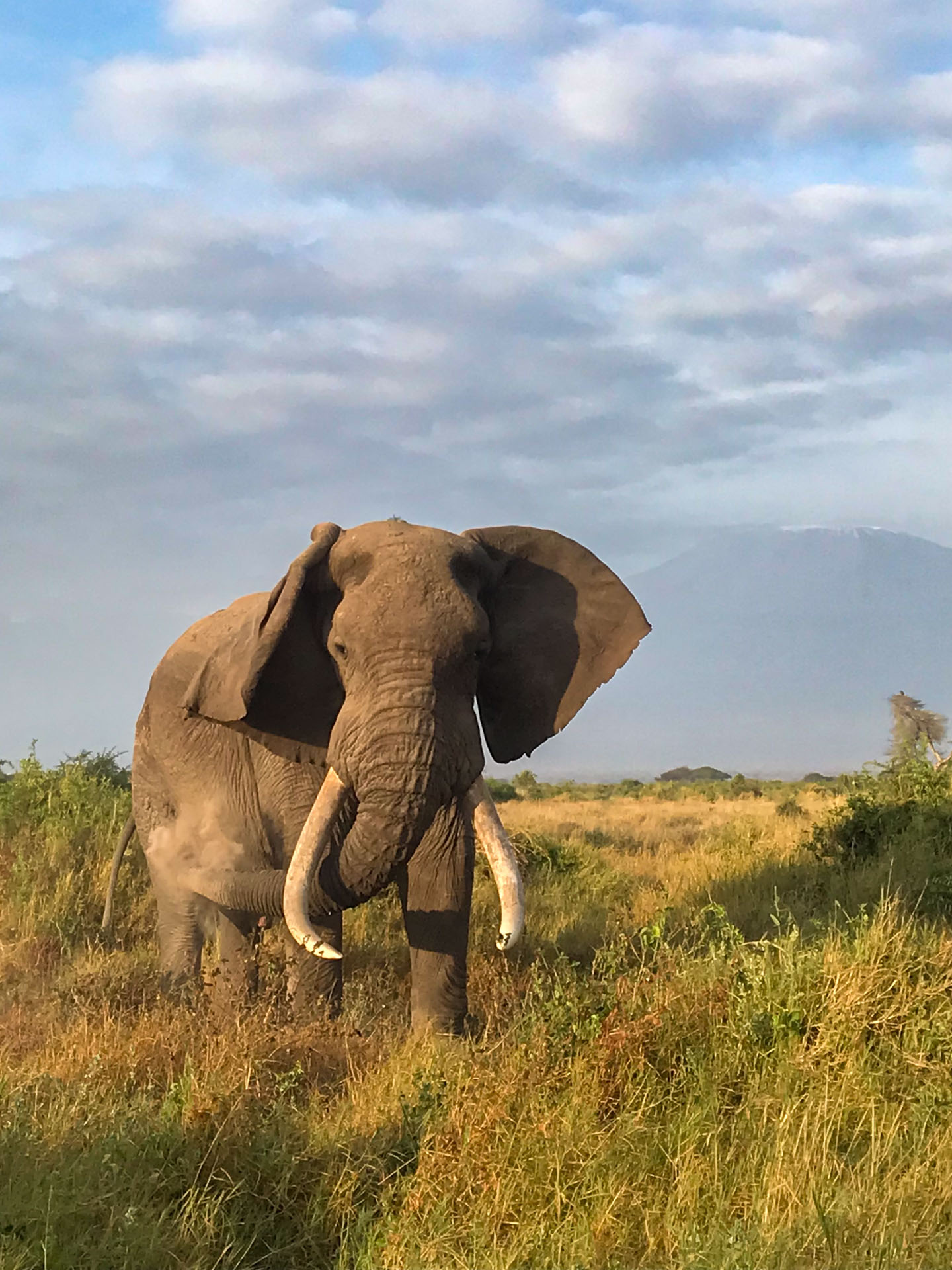

Filed under: This Week at Angama
Subscribe for Weekly Stories
Comments (0):
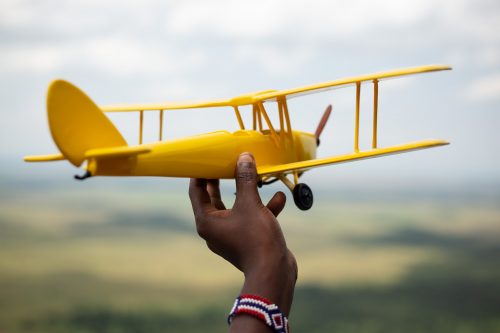
Out of Africa